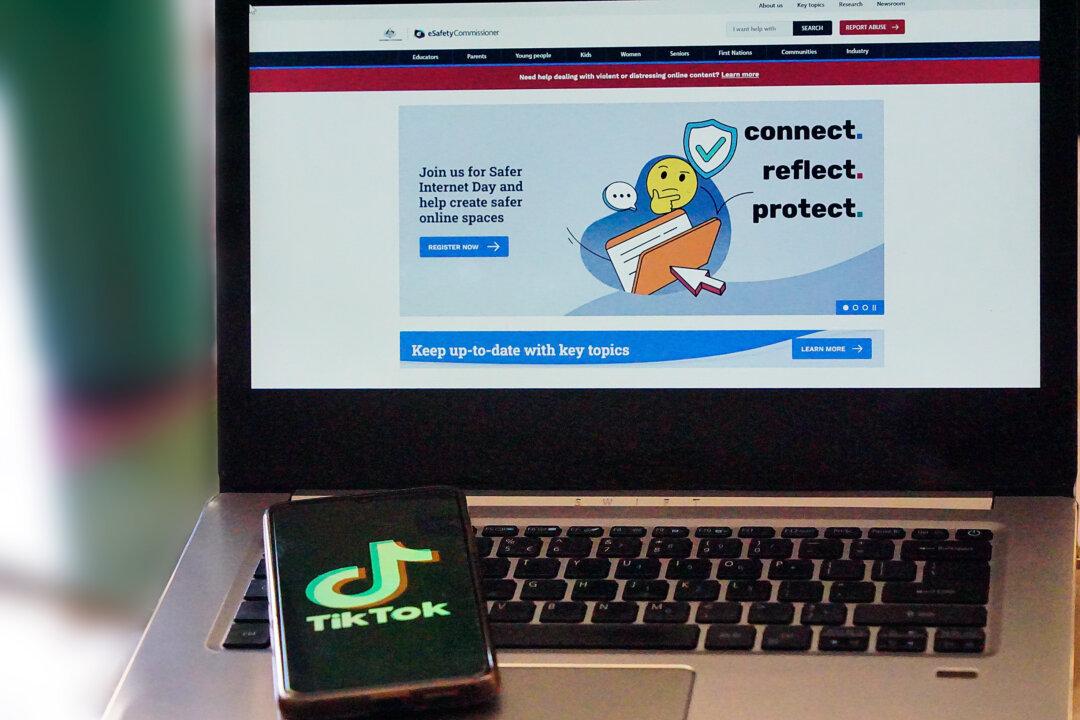Search engine providers like Google, Duck Duck Go, and Bing will be required in Australia to prevent nefarious users from accessing deep fake child sexual abuse videos and images via embedded artificial intelligence after an enforceable online safety code came into effect today.
Launched by the eSafety Commission, the Internet Search Engine Services Code provides minimum compliance measures for search engine providers.





